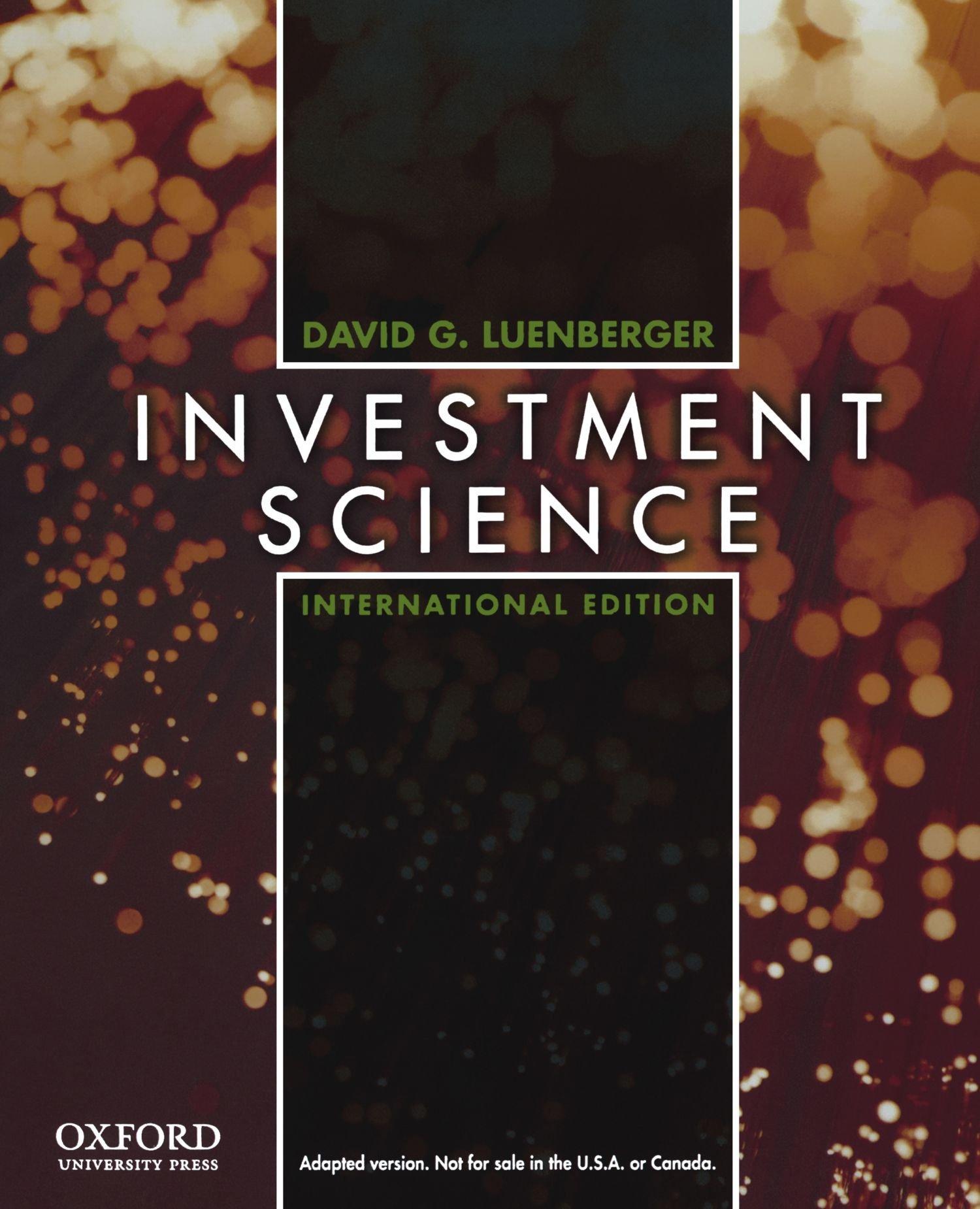
Chapter 10 - The Basics of Capital Budgeting: Evaluating Cash Flows 1. Project $ has a cost of $10,000 and is expected to produce cash flows of $3,200 per year for 5 years. Project L costs $25,000 and is expected to produce cash flows of $7,400 per year for 5 years. The cost of capital for both project is 12%. a. Calculate the two projects' NPVs, IRRs and MIRRs. b. Construct NPV profiles for Project S and L. c. Which project would be selected based on each ranking method, assuming they are mutually exclusive? Why? d. What are the two potentially problems with IRR? How to make final decision under each of these situations? (Textbook Section 10-4b, 10-4c) e. Which project should actually be selected (final decision)? Why? 2. Your company is considering two investment projects, each of which requires an up-front expenditure of $50 million. You estimate that cost of capital is 10% and that investments will produce the following after-tax cash flows (in millions of dollars): a. What is the regular payback period for each of the projects? b. What is the discounted payback period for each of the projects? c. If the two projects are independent and the cost of capital is 10%, which projects should the firm undertake? Why? d. If the two projects are mutually exclusive and the cost of capital is 5%, which projects should the firm undertake? Why? e. If the two projects are mutually exclusive and the cost of capital is 15%, which projects should the firm undertake? Why? f. What is crossover rate? g. If the cost of capital is 10%, which is the MIRR of each project? Instructions: - Both probiems must be finished in Microsoft Excel by using financial functions to do the colculation. Avoid directly keying in numbers. Chapter 10 - The Basics of Capital Budgeting: Evaluating Cash Flows 1. Project $ has a cost of $10,000 and is expected to produce cash flows of $3,200 per year for 5 years. Project L costs $25,000 and is expected to produce cash flows of $7,400 per year for 5 years. The cost of capital for both project is 12%. a. Calculate the two projects' NPVs, IRRs and MIRRs. b. Construct NPV profiles for Project S and L. c. Which project would be selected based on each ranking method, assuming they are mutually exclusive? Why? d. What are the two potentially problems with IRR? How to make final decision under each of these situations? (Textbook Section 10-4b, 10-4c) e. Which project should actually be selected (final decision)? Why? 2. Your company is considering two investment projects, each of which requires an up-front expenditure of $50 million. You estimate that cost of capital is 10% and that investments will produce the following after-tax cash flows (in millions of dollars): a. What is the regular payback period for each of the projects? b. What is the discounted payback period for each of the projects? c. If the two projects are independent and the cost of capital is 10%, which projects should the firm undertake? Why? d. If the two projects are mutually exclusive and the cost of capital is 5%, which projects should the firm undertake? Why? e. If the two projects are mutually exclusive and the cost of capital is 15%, which projects should the firm undertake? Why? f. What is crossover rate? g. If the cost of capital is 10%, which is the MIRR of each project? Instructions: - Both probiems must be finished in Microsoft Excel by using financial functions to do the colculation. Avoid directly keying in numbers







